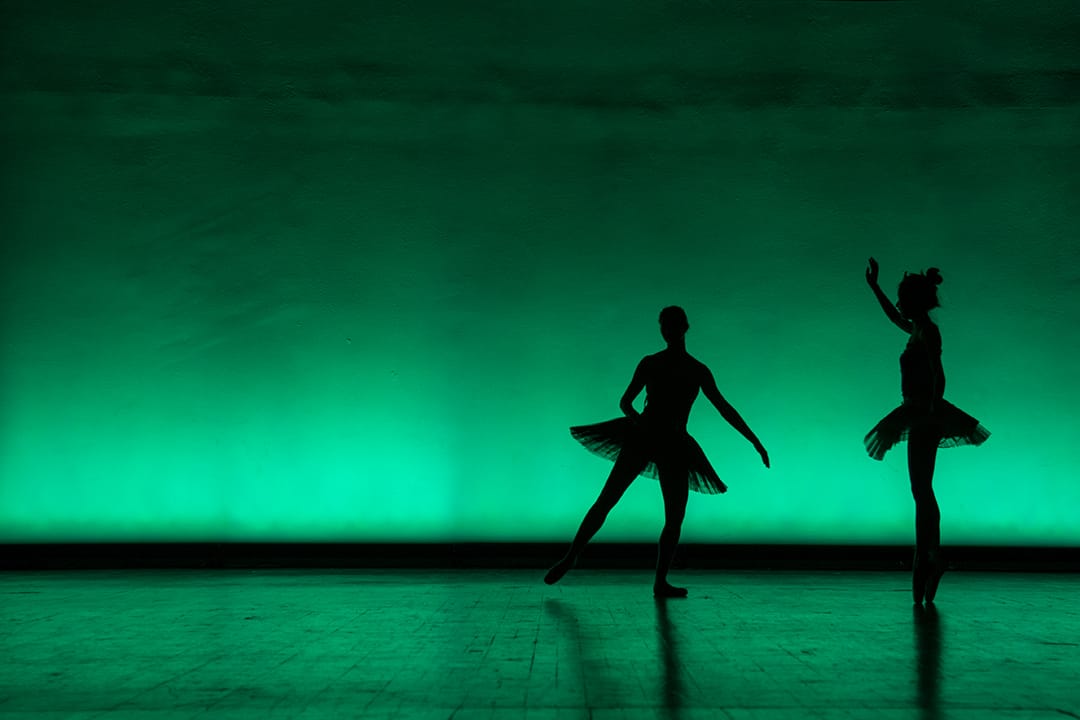The Oxford English Dictionary defines art as “the skilful production of the beautiful in visible forms.” Indeed, art is full of skilled creativity, marked by gratifying beauty, and rich with visible colours. At times, though, the colours of art are concealed beneath the colours of the artists themselves.
To explore this historically enduring and contemporarily prominent issue, on February 13, the University of Toronto’s Hart House Theatre hosted a panel discussion that invited ballet dancers and industry professionals from a range of backgrounds, including Jordana Daumec, Terry Gardiner, Shannon Litzenberger, and Kimia Karachi. All four panelists have varying degrees of experience as dancers in the ballet circuit.
Having lived in the world of ballet, the panelists shared their personal experiences — both on and off the stage — around race and ethnicity, diversity and inclusion, and awareness and change.
The conversation
Classical ballet’s historic origins are deeply rooted in European royalty and aristocracy. Because of this, many of its competency standards that are still followed today are rigidly formalized, body-exclusive, and racially insensitive. Ballet’s colour bias complicates the participation of racialized dancers, who tend to self-censor to avoid consequences such as risking their contracts.
Gardiner, a Black man with Caribbean-Canadian roots, shared his unpleasant encounter with a white choreographer who called direct attention to his Blackness.
Apart from direct instances of aggression, several panelists indicated some ongoing microaggressions. Daumec, for instance, noted how she felt like the “odd one out” because she has a light skin colour and non-white features. In another case, Gardiner noticed that he was simply not expected to be a ballet dancer since ballet wasn’t originally inclusive of racialized people.
While fellow dancers or company managers might not be intentionally malicious, these casual comments were enough to contribute to increased self-doubt, which makes it difficult for racialized dancers to be proud and confident performers.
Beyond interpersonal experiences of racism, the panelists also noted a broader issue of institutional colourism that inherently bars racialized dancers from free expression and upward mobility. Litzenberger, a dancer and arts advocate, pointed out that the unbalanced dynamics of power within the workplace — for example, between white directors and Black dancers — replicate an implicit but systemic exclusion of certain kinds of artists.
Changing ballet’s dynamics
Explicit colourism, insensitive microaggressions, and institutional racism are undeniably prevalent in the ballet industry. In one particularly public instance, Misty Copeland — the first African-American woman to become a principal dancer at the American Ballet Theatre — put racism in ballet in the spotlight when she shared an image on her Instagram of two dancers in blackface at the Bolshoi Ballet Company in Moscow.
These are, however, dynamics that are not exclusive to the sphere of ballet. They are arguably present in other art forms, in various cultural settings, and in broader society.
Classical ballet offers a magnified vision of ongoing race-based prejudices in everyday life. Like ballet, modern society is appearance-oriented and structurally racist, both characterized by Eurocentric white domination.
We should promote diversification of the rigid aesthetic standards and ideals of ballet — and society — so that they become inclusive to people of all ethnicities. The promotion of this appreciative professionalism could be done through community advocacy, amplifying voices to bring about concrete industry changes.
We should also engage in educational work to cultivate racial inclusivity in the next generation, fostering fundamentally inclusive mentalities. It is only with a paradigm shift in the cultural understanding of race that the arts and society could flourish inclusively.
The definition of ‘art’ as “the skilful production of the beautiful in visible forms” could very well remain our standard. But let’s expand who we count as being able to produce ‘the beautiful’ to include dancers and artists of all ethnicities.


